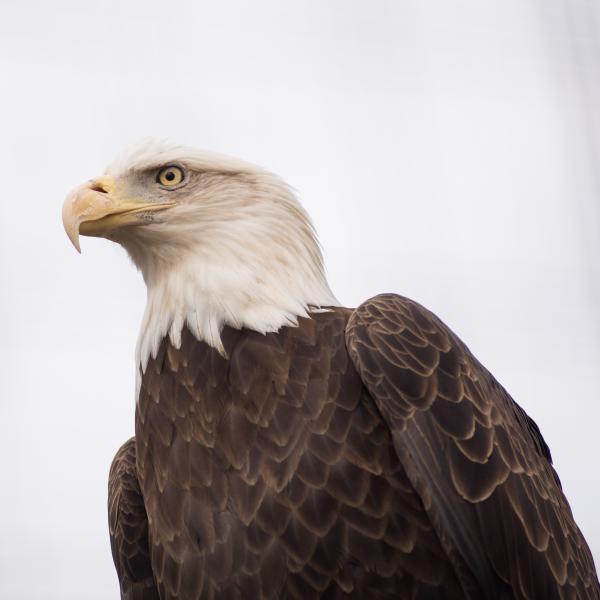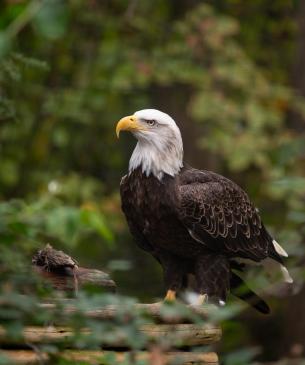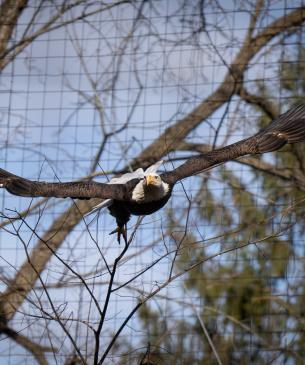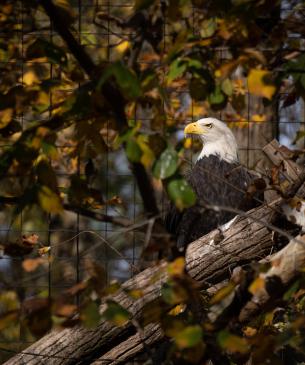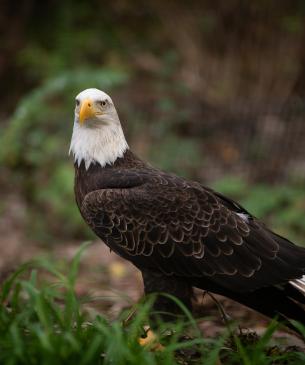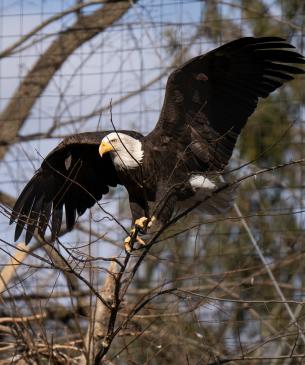In the 20th century, bald eagles were threatened by hunting, habitat destruction, and the use of pesticides.
Today, bald eagles are no longer considered endangered and their populations are stable. Conservation efforts such as the banning of DDT, a harmful pesticide, have helped to increase their populations.
Scientific Name: Haliaeetus leucocephalus
Conservation Status: Least Concern
Size: Their wingspan ranges from 5.5 to 7.5 ft.
Weight: Their weight can range from 7 to 14 lbs. with females being larger than males.

